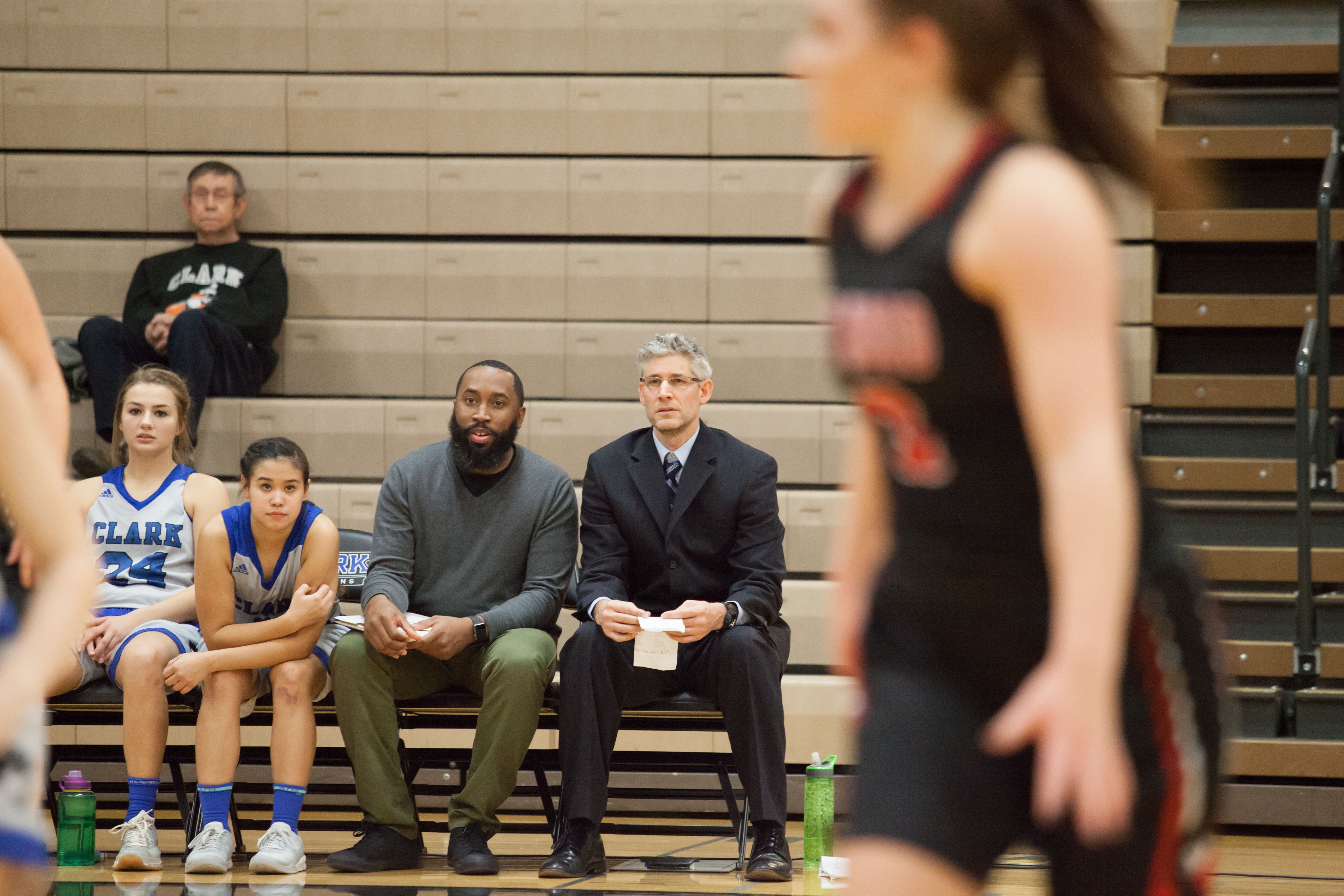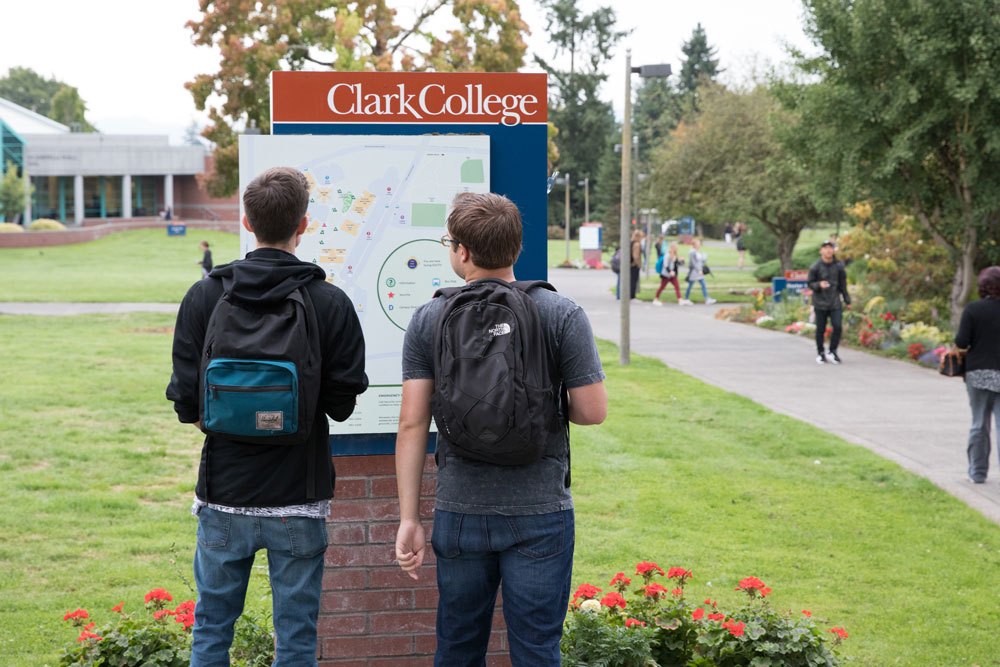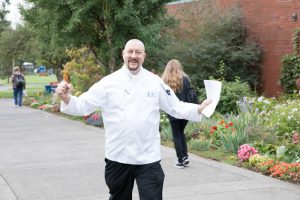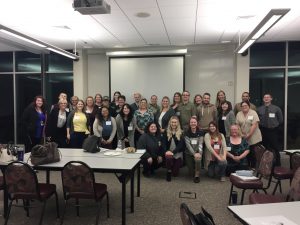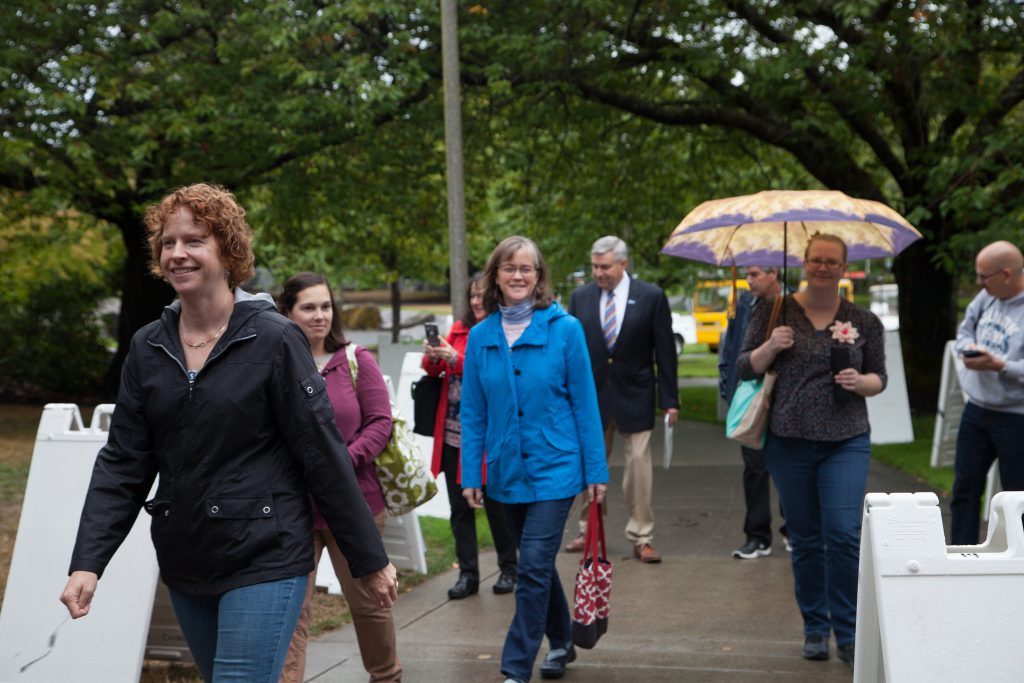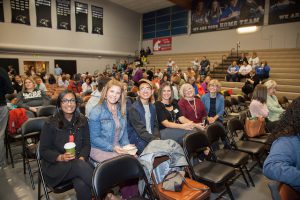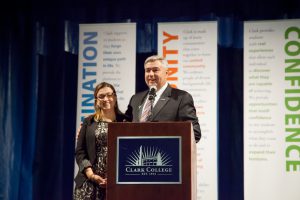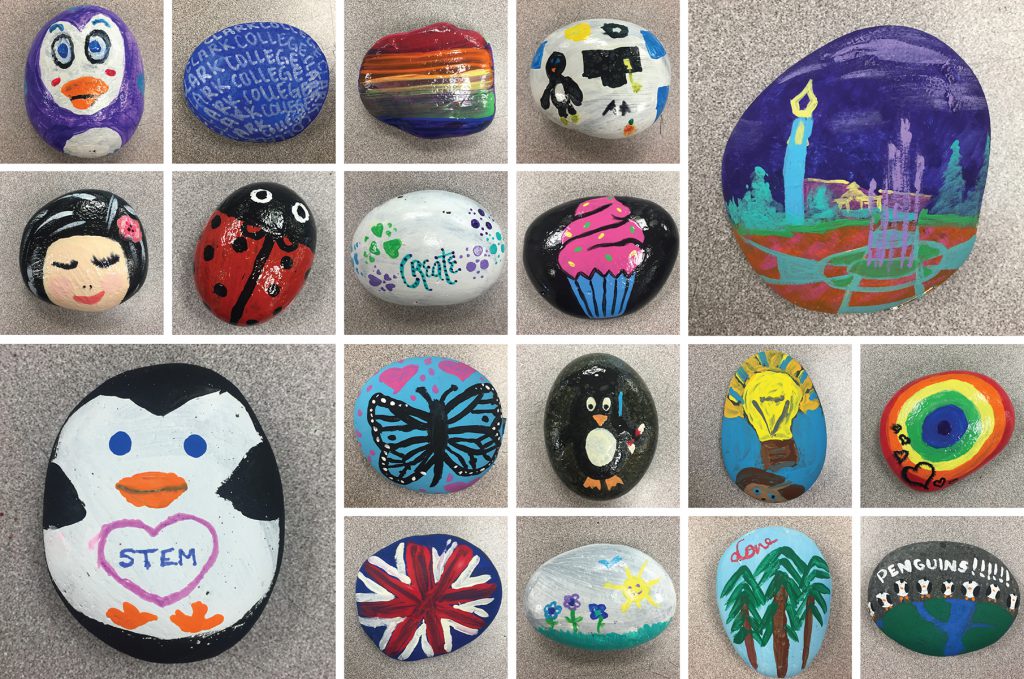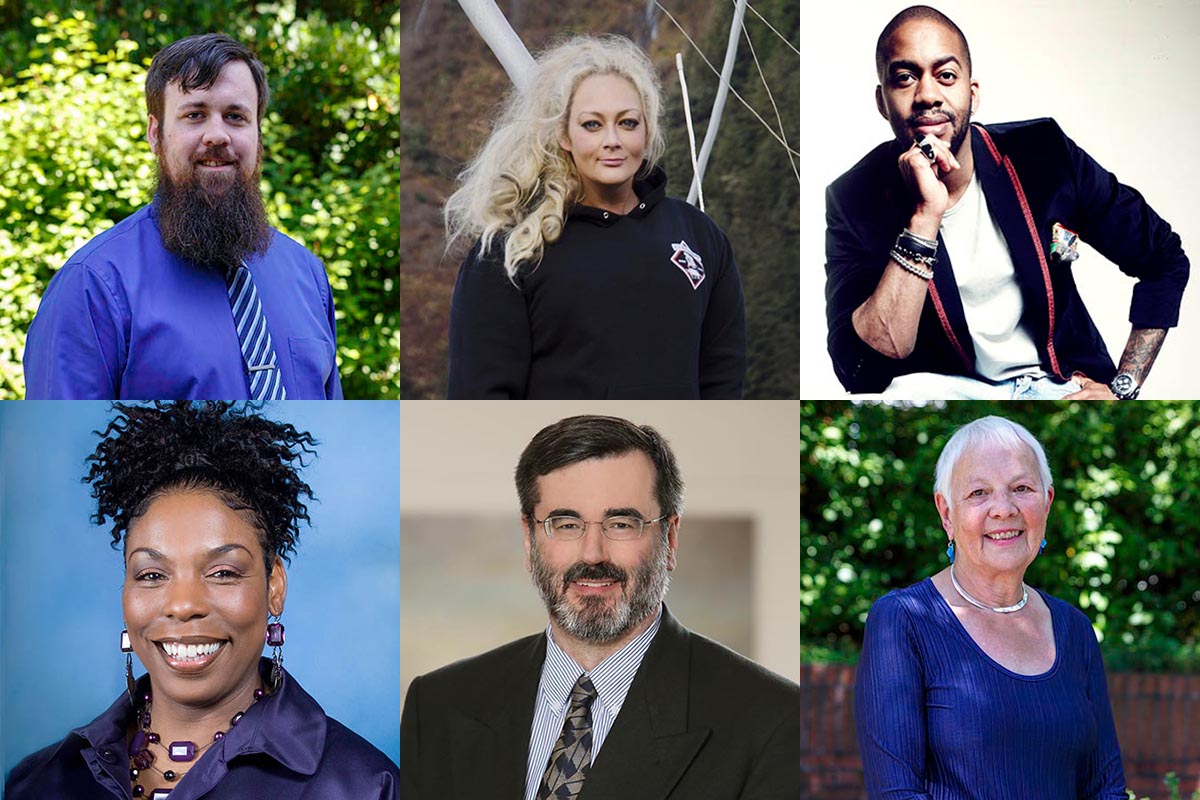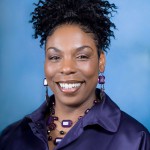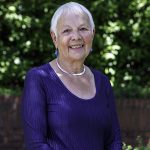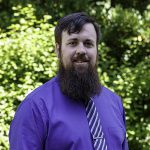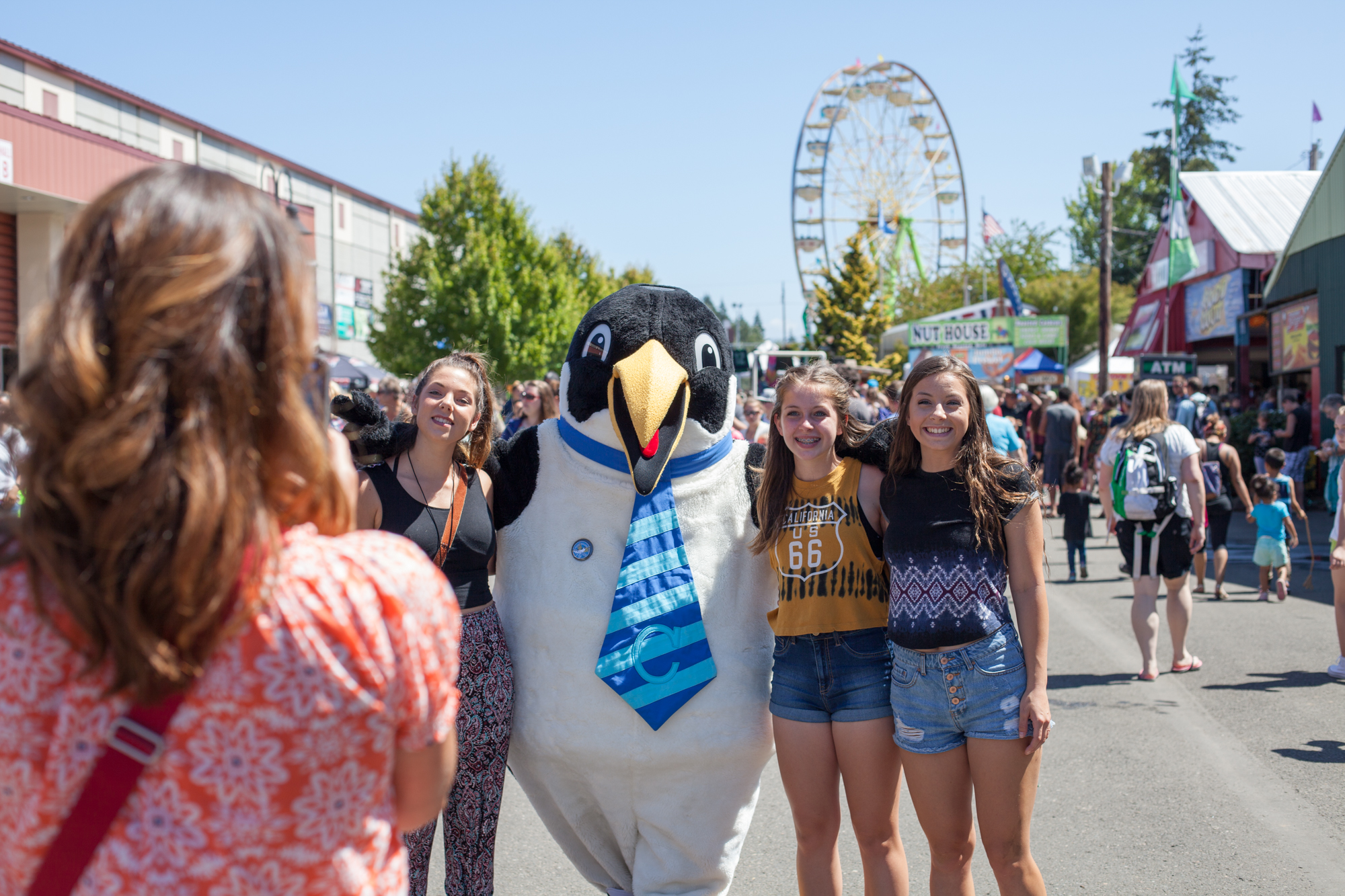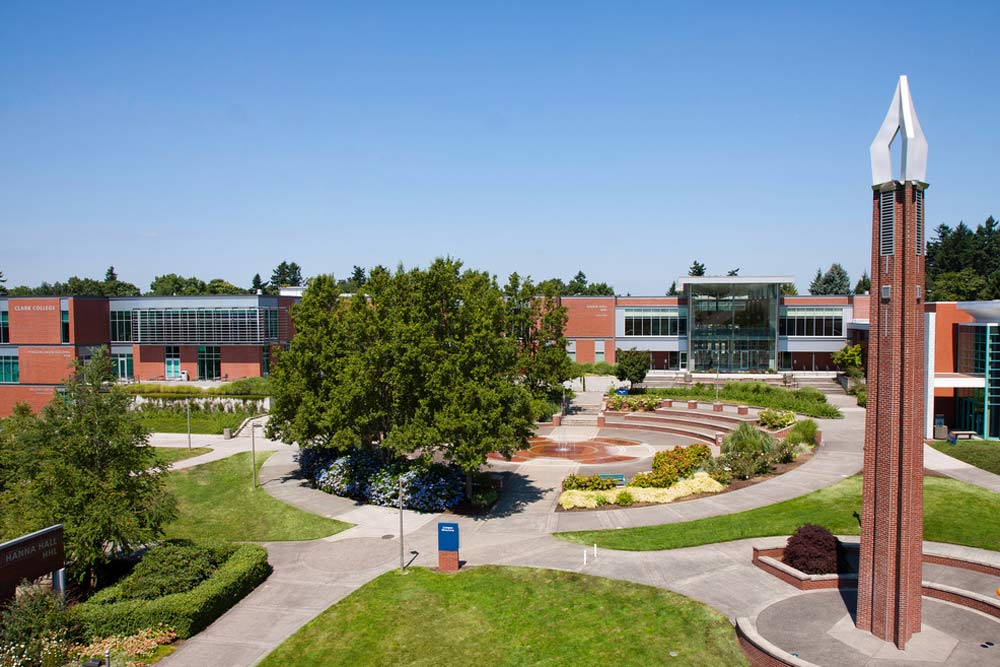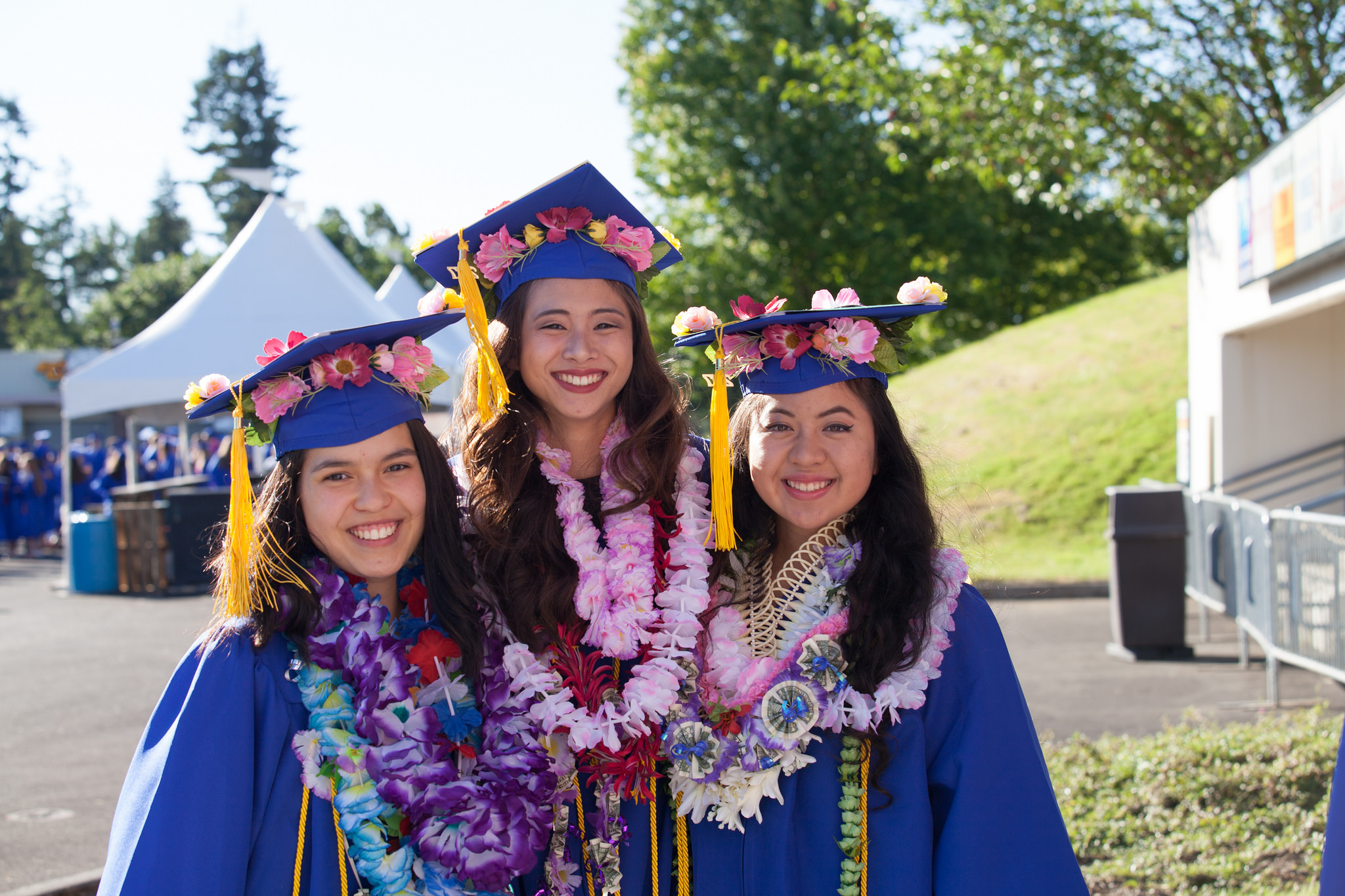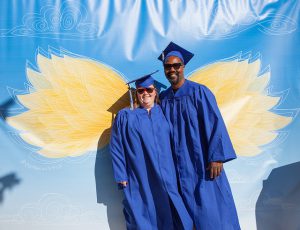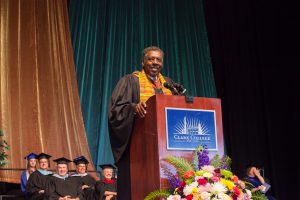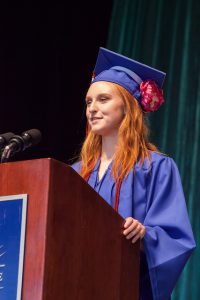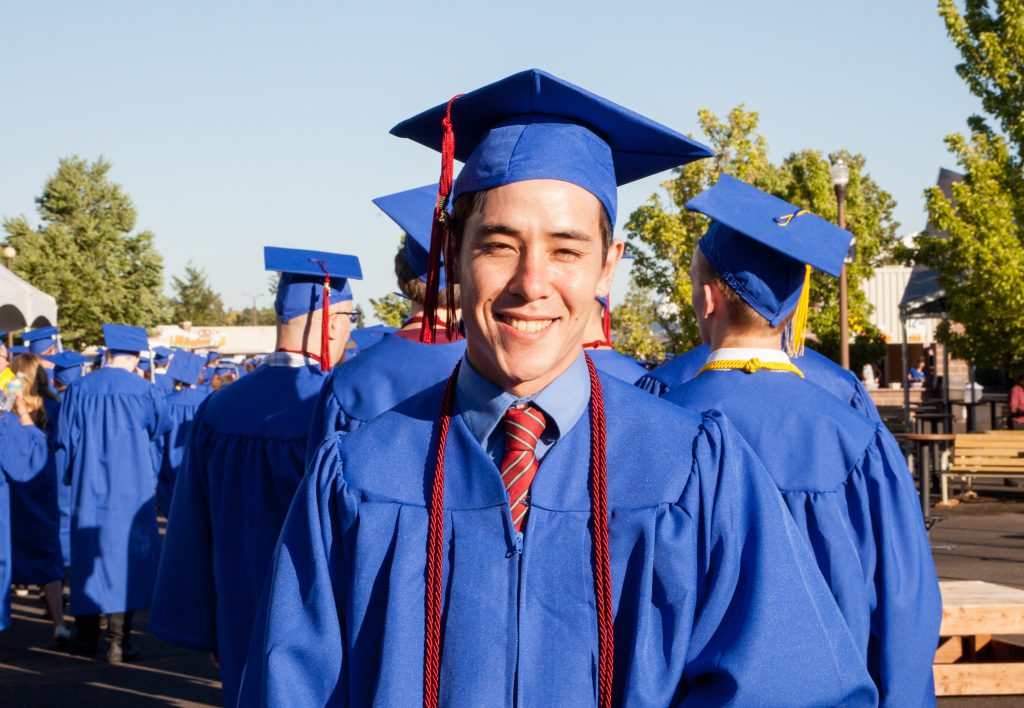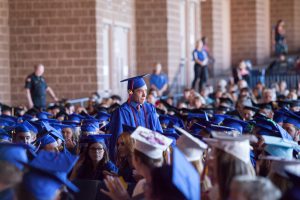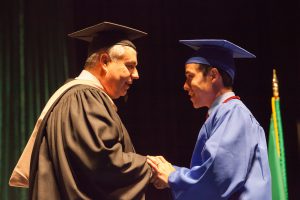
During the 2017 Commencement ceremony, President Robert K. Knight announced the names of the recipients of the 2017 Clark College Exceptional Faculty Awards. The awards are presented annually to full-time and part-time faculty members. Nominations can be submitted by Clark College students, faculty, classified employees, administrators, alumni, Board members, and Foundation directors.
The awards are made possible through an endowed trust fund established by the Washington State Legislature and the Clark College Exceptional Faculty Endowment Fund, which was established in 1993. That fund provides recognition of exemplary work performance, positive impact on students, professional commitment, and other contributions to the college.
This year’s Exceptional Faculty members are:
Patricia A. Atkinson, Economics
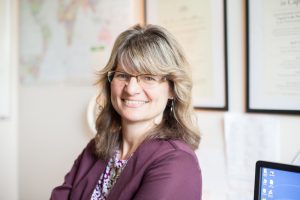 When Patricia Atkinson was an undergraduate, she was an enthusiastic student—but not a focused one. “I loved all my studies, from history and geography to math and science,” she said.
When Patricia Atkinson was an undergraduate, she was an enthusiastic student—but not a focused one. “I loved all my studies, from history and geography to math and science,” she said.
It was only in her junior year of college, when she took her first economics course—a field that combined aspects of all those disciplines—that Atkinson found her true academic passion.
Today, Atkinson passes that passion on to her students. “She made me enjoy and understand a subject that I disliked and struggled with in the past,” wrote one nominator. “She always would go out of her way to make sure we understood the material by relating it to real-life experiences.”
Another student wrote, “She allowed me to understand and appreciate what college can be. … Professor Atkinson showed me that college is about learning, engaging, participating, and enhancing your personal capital.”
Atkinson, who has taught at Clark since 2009, is currently a tenure-track instructor at the college. She has also taught at Portland Community College, University of Phoenix, and Portland State University, where she earned her master’s degree in economics. She is currently completing her doctorate degree in education leadership at Washington State University Vancouver.
Dr. John Caruso, English
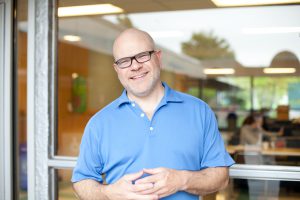 Most kids’ first jobs are something along the lines of babysitting or mowing lawns—John Caruso’s, which he began at age 13, was writing book reviews for the local newspaper. So it’s not all that surprising that he grew up to be an English professor.
Most kids’ first jobs are something along the lines of babysitting or mowing lawns—John Caruso’s, which he began at age 13, was writing book reviews for the local newspaper. So it’s not all that surprising that he grew up to be an English professor.
“I love learning, and I love helping my students learn,” Caruso said. “When you have an active, alert mind, talking about ideas and language is like playing your favorite sport. I feel blessed to spend my days doing something that I enjoy, and doubly blessed that what I enjoy also improves the lives of my students.”
Students clearly count Caruso as a blessing, too. “John makes everyone want to engage in class activities and discussions,” wrote one nominator. “Even the more shy kids are raising their hands. We all felt safe and valued in his class.”
Caruso said that his own experience as a first-generation college student helps him create a welcoming environment for the diverse student body he teaches at Clark. (He also teaches at Marylhurst University.) He earned his bachelor’s degree at UCLA; his master’s, at California State University Chico; and his doctorate in English at the University of Washington. He has taught English for two decades, and at Clark for the past six years. A frequently published writer of short fiction, Caruso is expecting his first full-length novel, The Lawn Job, to be published by Cloud Lodge Books later this year.
Becky Engel, American Sign Language
 When students describe Rebecca Engel, they mention her supportiveness, her individual attention, and her flexibility in presenting material in a range of teaching styles.
When students describe Rebecca Engel, they mention her supportiveness, her individual attention, and her flexibility in presenting material in a range of teaching styles.
“I see myself as a chameleon of sorts, always adapting to the different needs and learning styles the students present,” Engel said. “I picked up this skill in my first teaching job in the K-12 system. I had deaf students of all levels, so I was constantly adapting to meet their needs and learning styles.”
Students say they appreciate Engel’s adaptability, as well as the unique perspective she is able to provide as a Deaf person herself. “Becky strives to teach her classes about Deaf culture and how to interact within the Deaf community,” wrote one nominator. “Not only does she teach ASL, but she also teaches us proper etiquette, what to expect when in a Deaf community event, and other important things that help us learn how to interact with the Deaf community.”
Engel earned her bachelor’s degree from Oregon State University and her Master of Deaf Education from Western Oregon University. She taught at the Washington School for the Deaf before becoming an instructor at Clark College. Currently she is a tenure-track instructor at the college, teaching not only standard language classes but also a course in American Deaf Culture and a special Honors Program language class. She serves on the ASL advisory boards for the Vancouver, Battle Ground, Evergreen, and Camas school districts, as well as on Clark College’s Social Equity Task Force and Emergency Building Coordinator Committee.
Dr. Nicholas Macias, Computer Science and Engineering
 Dr. Nicholas Macias has had an almost life-long fascination with computers. He began playing around with programming on the computers at his high school, even though he wasn’t yet old enough to take the school’s computer science classes. “I’d pull people’s code out of the garbage, uncrumple it, type it in, and try to figure out what it did,” he recalls.
Dr. Nicholas Macias has had an almost life-long fascination with computers. He began playing around with programming on the computers at his high school, even though he wasn’t yet old enough to take the school’s computer science classes. “I’d pull people’s code out of the garbage, uncrumple it, type it in, and try to figure out what it did,” he recalls.
That boundless curiosity and enthusiasm is still on display now that he teaches computer science himself. “He’s intensely passionate not just about teaching, but also about learning,” wrote a student in nominating him. “He’s dedicated so much of his life to the work that he loves, and it always shines through.”
Dr. Macias earned his master’s degree in computer science from George Washington University and another in mathematics from Duke University. He earned his Ph.D. in electrical engineering from Virginia Polytechnic University. He spent many years as a computer scientist in both government and private enterprise before deciding to focus full-time on teaching. He has taught at Clark since 2011 and has served as a faculty advisor for both the Computer Science and Engineering and the MARS Robotics student clubs.
“Knowing that this award is based in part on student input means so much to me,” said Dr. Macias. “I like to believe that I’m helping students, even when I know I’m making them work hard and they’d rather have the weekend free! This award feels like a very big ‘Thank You,’ and gives me hope that what I’m doing really is making a difference.”
Brian McVay, Welding
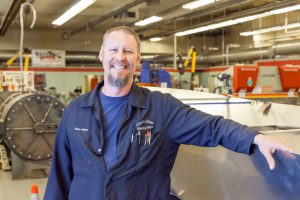 You could say welding runs in Brian McVay’s blood—both his father and stepfather were welders, and his mother worked as a machinist on nuclear submarines. “In the eighth grade, I knew what I wanted to do,” he said.
You could say welding runs in Brian McVay’s blood—both his father and stepfather were welders, and his mother worked as a machinist on nuclear submarines. “In the eighth grade, I knew what I wanted to do,” he said.
McVay studied welding at Clark College before being accepted into a boilermaker apprenticeship. Later, he returned to Clark for further studies to prepare for an apprenticeship as an ironworker, a job he held for 17 years. “I always came back to Clark,” he said, noting that he returned to the college again for management classes later in his career. “Education has been something that I really value. I wake up in the morning looking forward to learning something new that day.”
In 2014, he found himself returning to Clark again—this time, to teach. He said he enjoys being able to give back to a place that taught him so much, preparing students for today’s industrial jobs.
“I tell my students on the first day of class, ‘I don’t give you a grade. You earn your grade,’” he said. “I run my shop like it would be run in the industry.”
Students appreciate his “tough love” approach. “Mr. McVay has a very ‘let’s get it done now’ attitude,” wrote a nominator. “However, he never teaches us to prioritize the work over safety. … He pushes us ahead in order to help us achieve more.”
Photos: Clark College/Jenny Shadley
